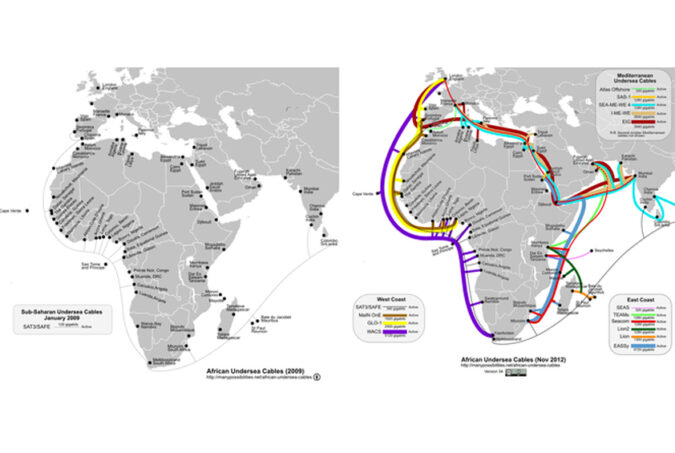
Since 13 October 2015 telecommunications providers in Australia have been required to retain metadata on communications for two years. Image by h2hox (Flickr)
Issues around data capture, retention and control are gaining significant attention in many Western countries—including in the UK. In this piece originally posted on the Ethics Centre Blog, the OII’s Brent Mittelstadt considers the implications of metadata retention for privacy. He argues that when considered in relation to individuals’ privacy, metadata should not be viewed as fundamentally different to data about the content of a communication. Australia’s new data retention law for telecommunications providers, comparable to extant UK and US legislation, came into effect 13 October 2015. Telecoms and ISPs are now required to retain metadata about communications for two years to assist law enforcement agencies in crime and terrorism investigation. Despite now being in effect, the extent and types of data to be collected remain unclear. The law has been widely criticised for violating Australians’ right to privacy by introducing overly broad surveillance of civilians. The Government has argued against this portrayal. They argue the content of communications will not be retained but rather the “data about the data”—location, time, date and duration of a call. Metadata retention raises complex ethical issues often framed in terms of privacy which are relevant globally. A popular argument is that metadata offers a lower risk of violating privacy compared to primary data—the content of communication. The distinction between the “content” and “nature” of a communication implies that if the content of a message is protected, so is the privacy of the sender and receiver. The assumption that metadata retention is more acceptable because of its lower privacy risks is unfortunately misguided. Sufficient volumes of metadata offer comparable opportunities to generate invasive information about civilians. Consider a hypothetical. I am given access to a mobile carrier’s dataset that specifies time, date, caller and receiver identity in addition to a continuous record of location constructed with telecommunication tower triangulation records. I see from this that when John’s wife Jane leaves the house, John often calls Jill and visits…



